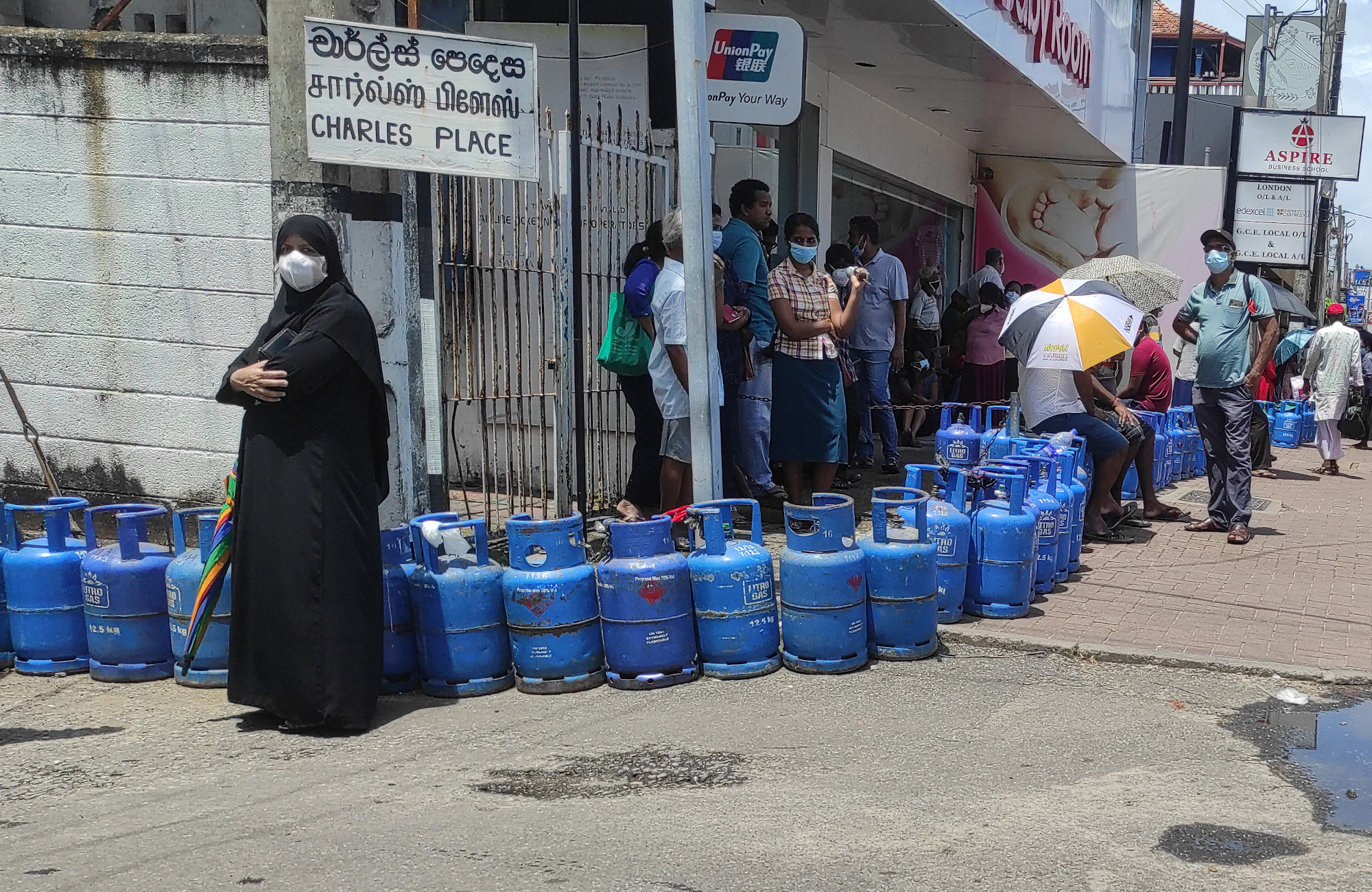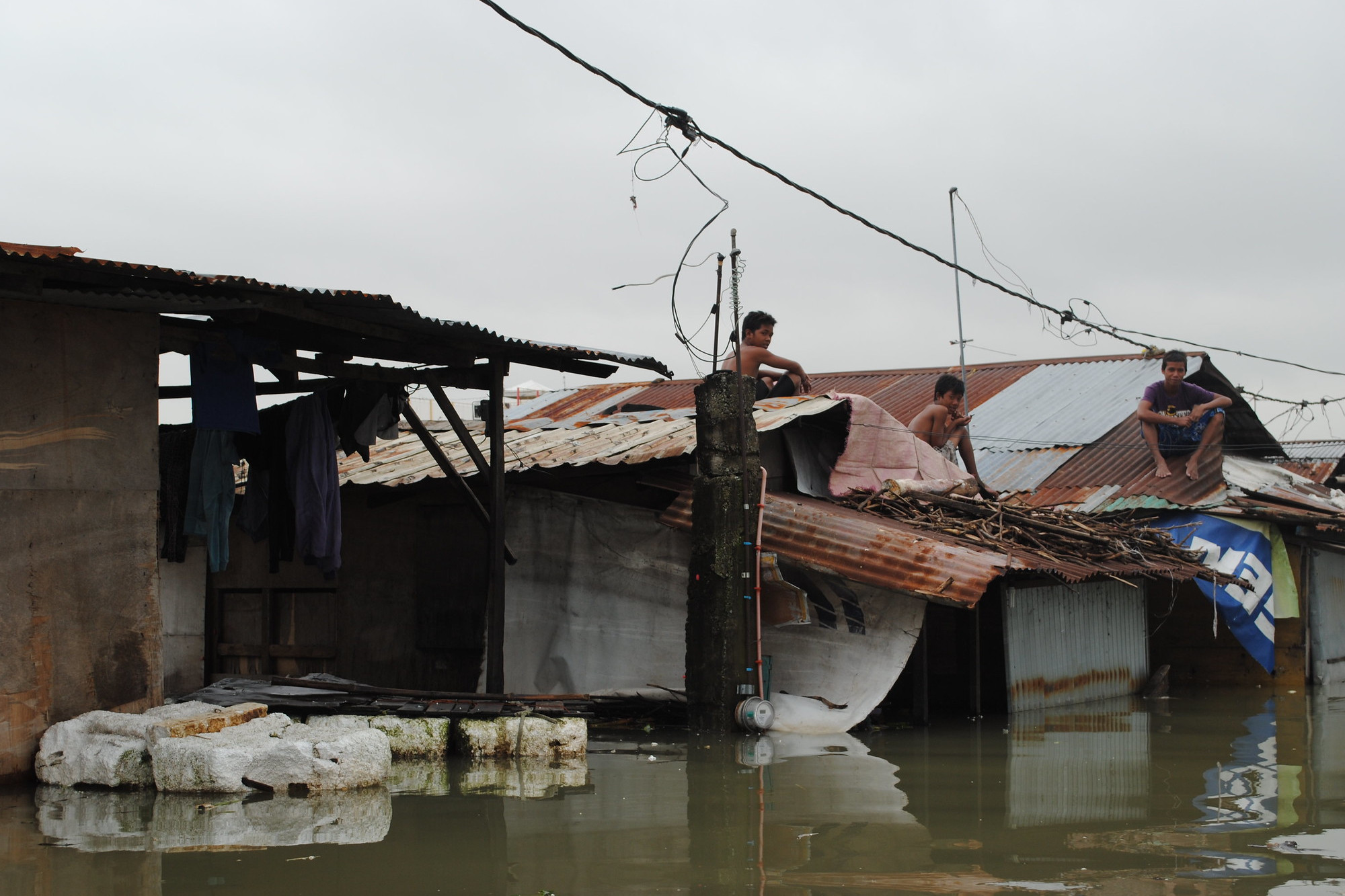For Sri Lankan people, it is heart-breaking to witness a country rich in natural resources, beauty and culture be subjected to years of corruption and deceit. With President Gotabaya Rajapaksa forced to resign in July, the Aragalaya (which is the Singhalese term for ‘Struggle’) is the first example of a successful nonviolent people-led revolution in modern Sri Lanka.
This revolution started after decades of observing consecutive national governments in Sri Lanka mismanaging the country’s monetary wealth and borrowing from all available entities, leading to billions in debt to bilateral and multilateral partners. The resulting economic crisis has forced people in Sri Lanka to stand in queues for fuel, gas, essential medicine, and even staple food items.
Since its independence in 1948, Sri Lanka has benefitted from 16 International Monetary Fund (IMF) bailouts and is currently negotiating the 17th. So far IMF staff have reached a staff level agreement with Sri Lanka under the Extended Fund Facility (EFF) with a time period of 48 months and USD 2.9 billion. There are three components to IMF bailouts; financing packages, “structural reforms”, and macroeconomic conditions, all of which will require policy changes. While the general public and many economists believe that going down this road is Sri Lanka’s best option, ‘debt-for-climate’ swaps may provide a better alternative for Sri Lanka.
Ranking in the top 10 countries most affected by climate induced disasters from 2018 to 2020, Sri Lanka is highly vulnerable to climate change impacts. Extreme weather events like floods, droughts, cyclones, and landslides have been increasing in intensity and frequency. According to a report published by the World Bank in 2018, approximately 19 million Sri Lankans will be living in moderate or severe hotspots by 2050. Being an island nation, Sri Lanka will also fall prey to sea level rise. The Disaster Management Centre has estimated that by 2100, Colombo could face widespread inundation.
Currently there are five projects in Sri Lanka funded by the UN’s Green Climate Fund, addressing the blue economy, agriculture, and water sectors to build resilience to climate change. Sri Lanka still lacks funding for climate adaptation in several sectors, such as innovation, marine environment, and biodiversity.
The concept of ‘debt-for-climate’ swaps was initially conceived in the 1980s by the then Deputy Vice President of the World Wide Fund for Nature and there are a few successful case studies. It is a debt restructuring tool, which aims to tackle climate change by ensuring that indebted countries do not fall into further debt when tackling climate change locally. A new contract with a multilateral or bilateral partner would be drafted to replace the conditions of the initial loan agreement, which would now direct the remaining debt towards green or blue investments at the domestic level based on mutually agreed terms.
The Commonwealth Secretariat has been advocating ‘Debt Swaps for Climate Change Adaptation and Mitigation’ since 2010. Their 2015 discussion paper proposed that donor countries of the Organisation for Economic Co-operation and Development should write off the debts of small states in exchange for investment in climate change adaptation and mitigation projects. This debt relief could then be counted as official development assistance, helping donors to meet their internationally agreed obligation to donate 0.7% of gross national income as climate finance to developing countries each year.
Since then, debt swaps for the Seychelles, Belize, and Barbados have turned more than $500 million of debt into $230 million for conservation funding. Debt-for-nature swaps in the Seychelles involved collaboration with the Government of the Seychelles, The Nature Conservancy, Global Environment Facility and the UNDP. 27 million USD of official debt was swapped in 2018, to set up marine protected areas to enhance climate resilience, manage fisheries, conserve biodiversity and promote ecotourism across the islands. The first round of announced projects that year designated 210,000 km² of marine ecosystems and habitats as marine protected areas.
Debt for climate swaps could free up some of Sri Lanka’s strained domestic revenue to incentivise climate friendly initiatives. There would be smooth domestic cash flow for productive investments, and more climate opportunities to enhance multi-stakeholder partnerships with the private sector and other relevant entities. The debt burden would be reduced, and foreign reserves saved.
It is important to clarify the difference between ‘debt-for-climate’ swaps and the broader ‘debt for climate’ campaign. Global activism around climate reparations has led to a movement for debt relief, which has recently converged around an international Debt for Climate campaign. This demands the unconditional forgiveness of all debt to poorer countries in the Global South, due to the Global North’s climate debt from disproportionately high emissions. This would effectively involve cancelling any credit advanced by a high emitting country to a low emitting country as a bilateral loan.
Rich countries have a responsibility to support poorer countries, as the former are responsible for the bulk of greenhouse gas emissions both historically and at present. A 2020 paper published in The Lancet Planetary Health found that the Global North is responsible for 92% of excess global carbon emissions, with the United States responsible for 40% of the climate breakdown the world is experiencing today, and the EU responsible for 29%. Consumption emissions indicate that the Global North today still contributes 68% of excess pollution, despite only constituting 12% of the world’s population.
Despite this moral obligation, many of the loans advanced to Sri Lanka via bilateral agreements with other countries represent fiscal inflows to creditors’ treasuries and would therefore be difficult to simply cancel without political buy-in from their citizens. For bilateral debt-for-climate swaps to be possible, the debt-for-climate swaps must be recognised as either official development assistance or climate finance contributions.
The current Government of Sri Lanka’s efforts to enhance opportunities to study the climate crisis suggest there is interest in tackling climate change, but it is unclear if the Government is considering debt relief options through climate action. As Sri Lanka attempts to recover from its worst ever economic crisis, testing the possibility of these types of debt relief should be prioritised.
Avishka Sendanayake is a climate change and sustainability specialist, and a youth activist on climate action and environmental justice in Sri Lanka. She is a National Consultant at UNICEF Sri Lanka, and a Coordinator of Extinction Rebellion Sri Lanka.
Read more:

- Opinion
- By A. Karim Ahmed and Jeffrey D. Tamucci
- 12 June, 2022






